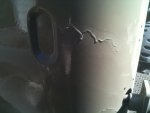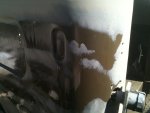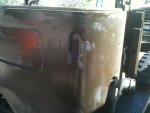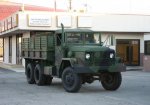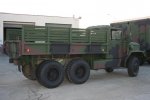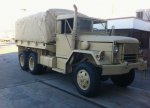My experience is as follows:
1) use an HVLP gun.
2) remove the little screen at the bottom of the port where the paint cup connects to the gun. Latex has bigger molecules than solvent based paint and it will not flow through the screen fast enough or evenly enough to allow you to spray it effectively. By the time you thin it enough to flow through the screen it runs....as you found out.
3) Make sure the paint is warm. The surface is warm. The water you use to thin it is warm. Latex gets thicker as the termperature drops. Not a problem with a brush. Big problem with spray application.
4) Do not add more than about 10% water to your paint and mix in the cup, not the paint can. Stir it thoroughly until the paint in your cup is well mixed and then when you spray, do not use a wide fan. All this does is splatter the paint and does not flow well.
5) You may find you are using a pressure much higher than you would with lacquer, acrylic enamel, or even rustoleum. Remember the latex is inherently heavier with larger particles and it takes more to get it through the nozzle.
6) Be sure to clean the gun IMMEDIATELY after finishing spraying. Latex that has dried is dang near unaffected by solvents or removers so if your gun has paint dry inside the passages it will likely not ever be as clean as it was before you sprayed the Latex.
In summary, the temperatures are the most important. Things just will not work well if it is colder than about 55. By the same token, if it is 100 it may be that things are working a little too fast.
Just my two cents......
RL





